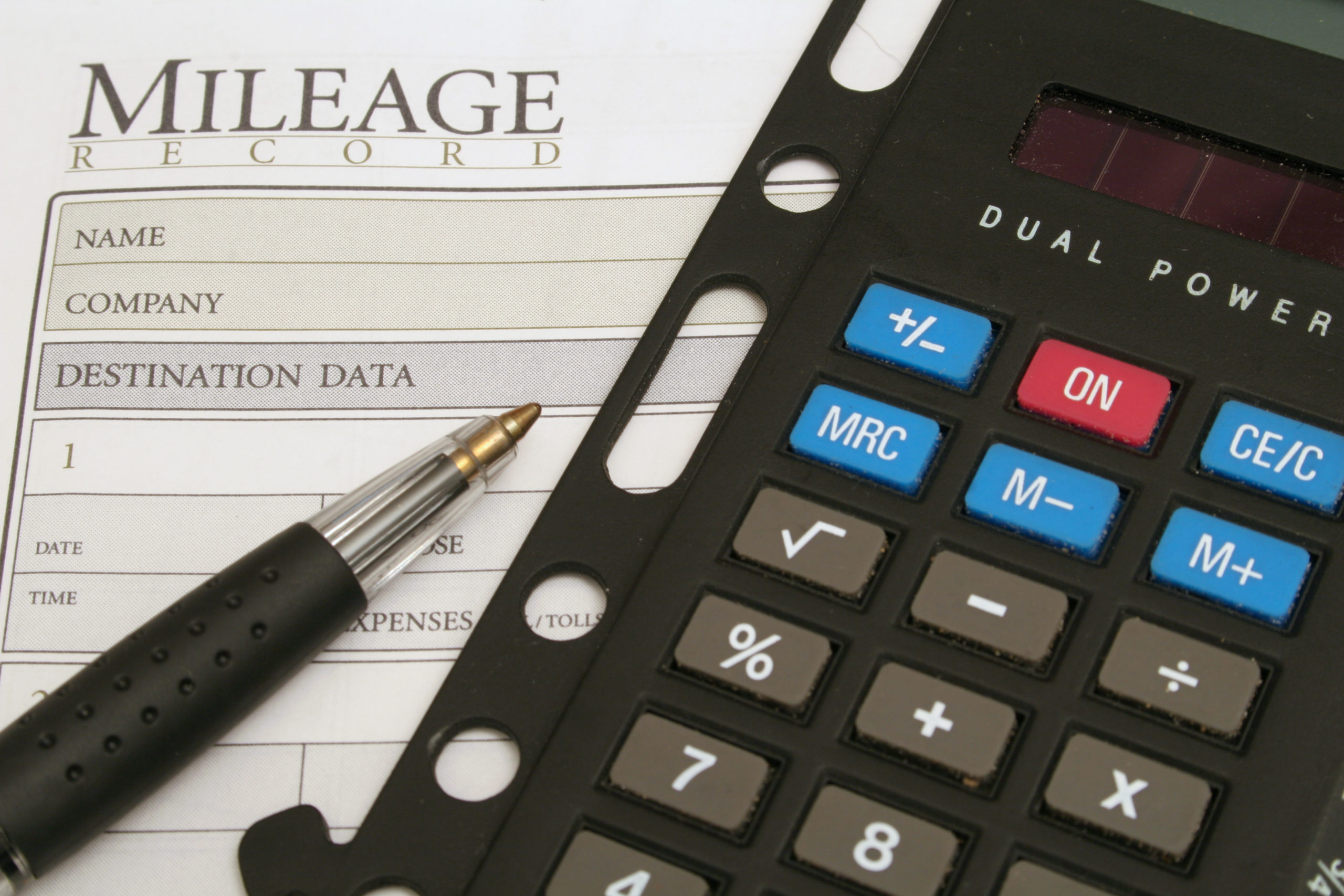
Drive With Caution
Written by Andrew Keller, CPA, CA | Kenway Mack Slusarchuk Stewart LLP
Accountants have been reminding their clients to maintain an auto mileage log to track the personal and business use of a vehicle, yet how many do? Canada Revenue Agency (“CRA”) requires the mileage log for many different purposes, including determining taxable benefits for standby charges and operating costs, capital cost allowance classification and deductibility of automobile costs for a business.
In the course of an audit, if no mileage log is provided, CRA is left to make assumptions on the personal use of vehicles based on the information they have. In many situations the assumptions are not in the taxpayer’s favour. These assumptions can have significant tax and administrative costs for the business and its employees.
We have recently noticed an increase in CRA’s audit of travel and motor vehicle expenses and in payroll audits reviewing the personal use of corporate owned vehicles. In many instances those being audited did not have any mileage log tracking the use of the vehicle for either business or personal use. This lack of information has made the audit difficult and costly to deal with.
CRA has issued guidelines as to what should be included in a mileage logbook. Following these guidelines can reduce the risk of reassessment of the company and its employees and the related administrative costs.
Full logbook (per CRA website)
Record the odometer reading of each vehicle at the start and end of each fiscal period. If you dispose of a vehicle, record the date and odometer reading. If you have a new vehicle in the year, record the date the new vehicle went in service and the starting odometer reading.
For each business trip record the following items:
- Date
- Destination
- Reason for the trip/client name
- Number of kilometres driven
Simplified logbook (per CRA website)
To reduce the administrative burden of the full log book CRA offers a simplified process whereby you can choose to maintain a full logbook for one complete year to establish a base year’s business use of a vehicle. After a complete year of keeping a logbook to establish the base year, you can use a three-month sample logbook to estimate the business use for future years using CRA’s formula.
| Sample year period business use % | ÷ | Base year period business use % | Base year annual business use % | = | Calculated annual business use % |
You will need to be able show CRA that the use of the vehicle in the base year remains representative of its normal use. If the calculated annual business use % differs from the base year annual business use % by plus or minus 10%, then CRA would no longer consider the base year to be representative of the normal use. (e.g. If the base year annual business use was 55% and the calculated annual business use % between was between 45% and 65%, then the base year would still be considered representative.) If your calculated annual business use % is outside the range, then you would have to track the full fiscal period, or use alternative records. Using the first 3 months of the year for your sample period will give you the earliest indication of whether or not CRA will accept this method for a particular year.
If you are going to use this method, then you should record the month end odometer reading for each month in the base year, so that you have the information you need to calculate the base year period business use % for the same three months that you decide to use for your sample period.
Technology has made it easier than ever to track this information (“there’s an app for that”). The apps available are simple to use; swipe left for personal; right for business. They allow customization, track multiple vehicles and even learn your routes to auto select personal or business. The apps also provide reports for your records and to prepare related accounting entries.
It is always best practice to keep a mileage log. If you have not been keeping a log book, then now is the best time to start.

220
Member Firms
435
Member Offices
93
Countries